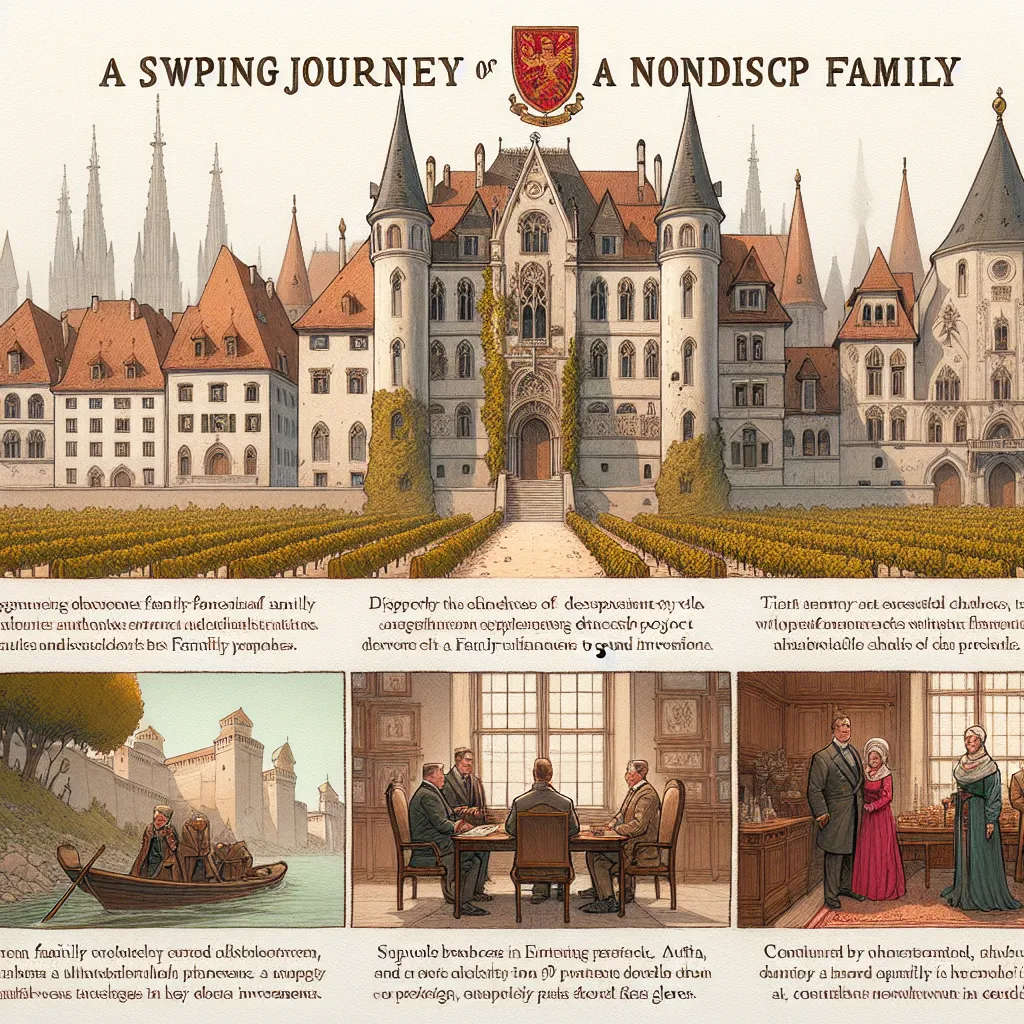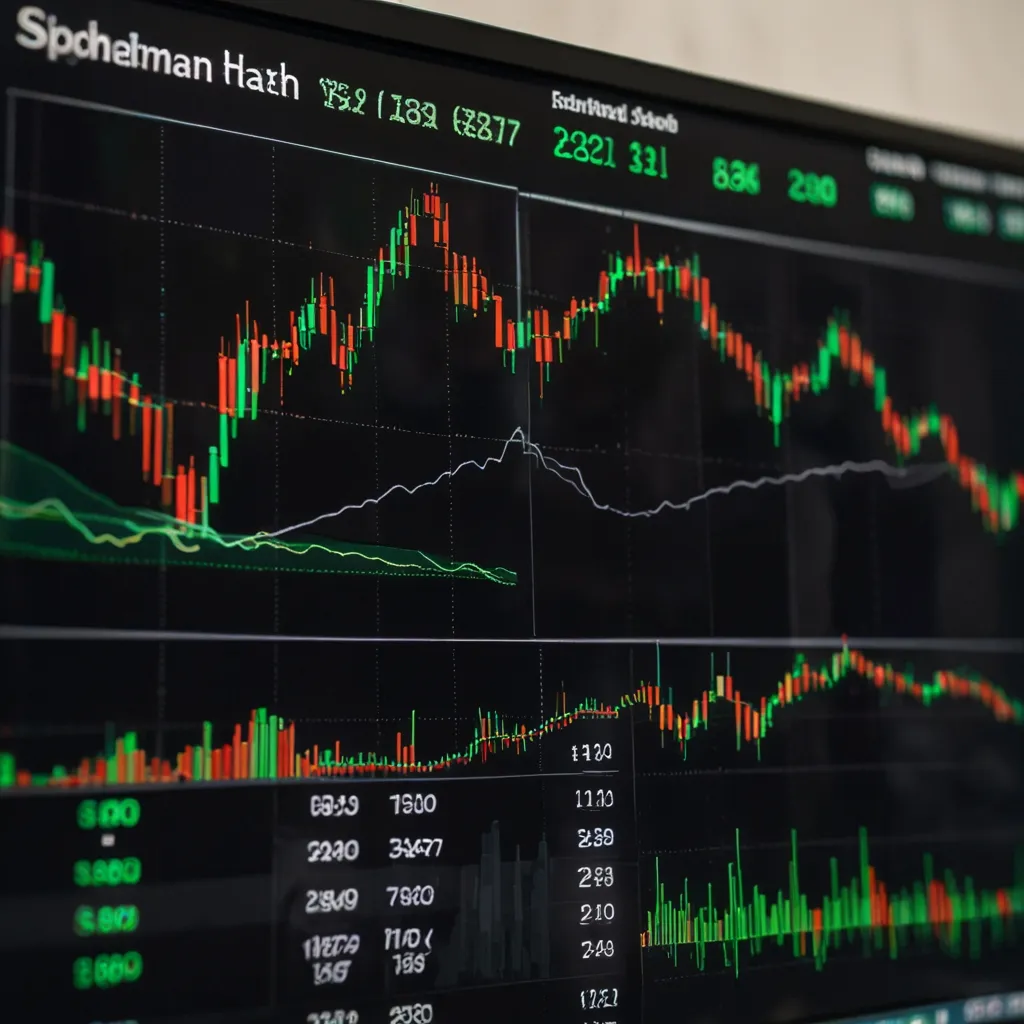It’s hard to imagine a time when the wallet didn’t contain that little rectangle of plastic promising freedom, flexibility–and, for many, a fair share of anxiety. I’ve often wondered how a pocket-sized card became so much more than a way to pay for dinner. How did credit cards rewrite the script for millions of consumers, quietly shaping not just what we buy, but how we think about money?
Let’s start with a scene. Picture the 1950s, a polished business traveler, briefcase in hand, signing his Diners Club chit at an upscale restaurant. That single act, paying without cash, was a breakthrough for convenience, but also for class. Only select circles could wield charge plates; it was about status as much as spending. Yet, within decades, this symbol of exclusivity morphed into a near-universal possession. By the 1980s, the card was a staple in American pockets, and not just for jet setters. Its story is a case study in how a simple financial tool can trigger widespread cultural changes, often in ways its creators never expected.
“Too many people spend money they haven’t earned, to buy things they don’t want, to impress people they don’t like.” — Will Rogers
The real pivot wasn’t just about ease; it was about how we pay, and how often. When BankAmericard emerged in 1958 with a radical promise—buy now, pay later, and only as much as you want each month—the gate swung open. Suddenly, credit was elastic. Old charge cards demanded you settle your score in full, but “revolving credit” let balances spill over, accruing interest as they did. It was a twist so profound that, over time, it shifted the focus from purchasing power to borrowing power.
But did this flexibility make us better money managers? Or did it simply teach us that debt could be normal, even routine? As more banks and merchants joined open networks like Visa and MasterCard, acceptance became so widespread that paying with plastic not only replaced the ritual of counting cash, but also softened the emotional impact of spending. The physical act of handing over bills or coins has an anchoring effect; once that “pain of paying” was dulled by a swipe or a tap, studies showed we were likely to spend up to 18% more per purchase. Have you ever noticed it’s easier to splurge when you can’t see the cash leave your hands?
So what’s behind those numbers on your monthly statement? At first, reward programs and “cash back” deals appeared as perks—a little thank-you for your loyalty. But beneath the surface, the complexity of modern credit cards multiplied. Late fees, penalty interest rates, “gotcha” fees for foreign transactions or missed payments—they all quietly turned a convenient product into a sophisticated revenue machine for issuers. Before regulatory reforms, late fees alone were raking in over $14 billion a year. All those perks start to look different when you realize how much of your reward program is paid for by your own missteps.
“Beware of small expenses; a small leak will sink a great ship.” — Benjamin Franklin
The regulatory landscape wasn’t always friendly to cardholders, either. The CARD Act of 2009 attempted to bring clarity, capping certain fees and demanding simpler disclosures. But the real challenge wasn’t hidden in the fine print; it was right in the way we think. Behavioral research repeatedly shows that even savvy consumers underestimate interest costs, especially when minimum payments are involved. It’s as if the brain wants the pleasure of purchase without the pain of payoff. Why do you think so many people fall into the minimum payment trap, stretching out small balances for months or years?
Credit cards are not just a payment method; they’re psychological mirrors, revealing how our attitudes toward risk and reward shape everyday decisions. In fact, I’d argue that the most significant impact of credit cards isn’t technological or financial—it’s behavioral. The normalization of revolving debt, once a strategy for emergencies, became a lifestyle. By 2023, the average U.S. household carried a credit card balance of $6,501. Have we mistaken credit limits for spending targets, blurring the line between “can afford” and “can postpone”?
“Chains of habit are too light to be felt until they are too heavy to be broken.” — Warren Buffett
Let’s step back for a moment. When did carrying a balance become an acceptable form of money management? The casualness with which many of us view credit card debt would have baffled earlier generations, who treated debt as a temporary, even shameful, state. Today, so many households maintain multiple cards, juggling introductory offers or “chasing points,” sometimes losing track of the real costs behind the rewards. Isn’t it curious how incentives designed to foster loyalty can also fuel overuse?
And then there’s the paradox of choice. With so many card varieties, offers, and promotions, it’s tempting to believe we’re all smart shoppers, hacking the system for freebies and upgrades. But the math is relentless: if the annual fee, interest, or overspending cancels out the perks, who’s really coming out ahead? It’s a bit like buying two of something to get the third free, then tossing the extras in a closet.
Looking ahead, the horizon is shifting again. Embedded finance, digital wallets, “buy now, pay later” apps—all promise even more frictionless ways to pay. But with every reduction in payment effort comes a greater need for self-imposed discipline. As I see it, the greatest responsibility of the credit card era is to restore the internal speed bumps that once kept us in check. If technology makes spending too easy, do we risk undermining our own financial well-being?
“The art is not in making money, but in keeping it.” — Proverb
So here’s where I land when I think about the future of credit in daily life. Convenience, for all its virtues, demands vigilance. The rituals and routines of physical money—counting, saving, pausing—offered a natural way to monitor spending. Plastic and digital payments erase those boundaries, shifting the burden to us. Are you treating your credit limit as an emergency buffer, or as a starting point for spending? Do you pay off your balance every month, or let it linger, costing you more over time? Have you calculated the true value of your rewards, after fees and interest?
There’s no going back to a world without credit cards, nor would we want to. They remain essential tools for travel, emergencies, and online commerce. But their real power isn’t in their convenience. It’s in what they reveal about our financial habits and blind spots. If we’re honest, the credit card isn’t just a tool—it’s a test of self-control, a subtle instructor in modern finance.
What’s your relationship with your card? Is it a partner in building security, or a silent saboteur creeping into your monthly budget? Only by knowing the difference can we ensure that this innovation continues to serve us, rather than the other way around.
“Money often costs too much.” — Ralph Waldo Emerson
The story of credit cards is still unwritten in many ways, as new generations discover and redefine what it means to trust the future with every swipe. The best lesson I can draw is this: Use your card, but never let it use you. Ask yourself, each time you reach for it—am I making a choice, or just following a habit? In the answer lies the true impact of one of modern finance’s most strangely powerful inventions.






